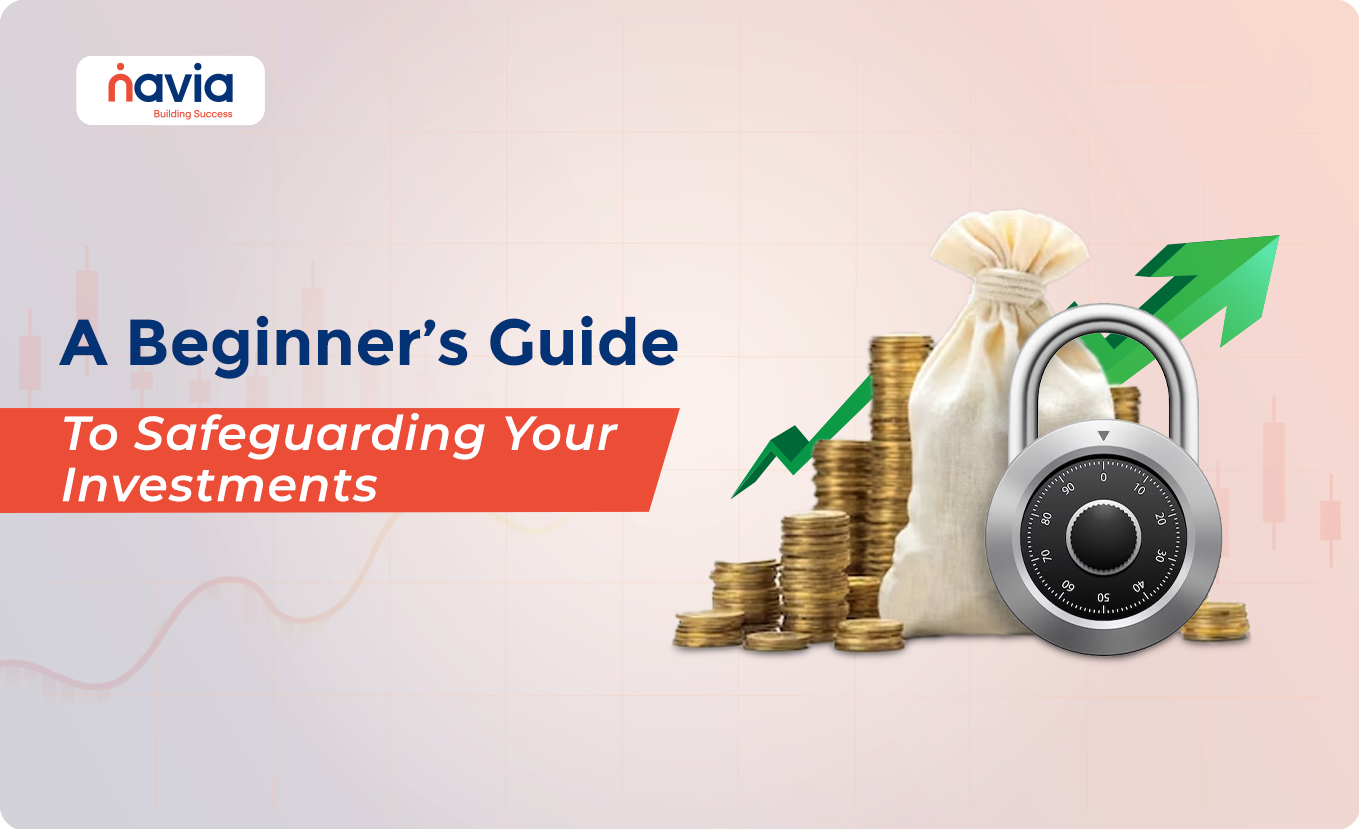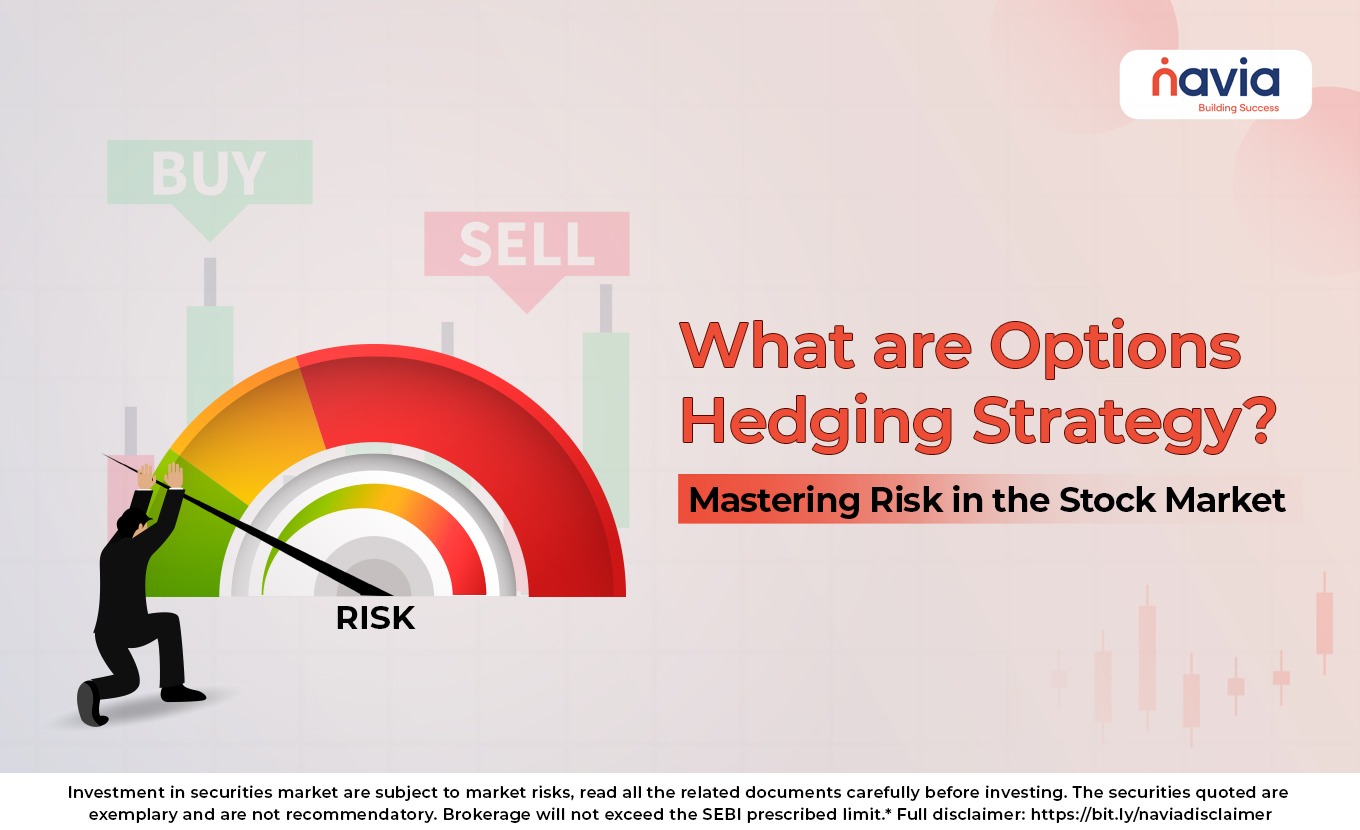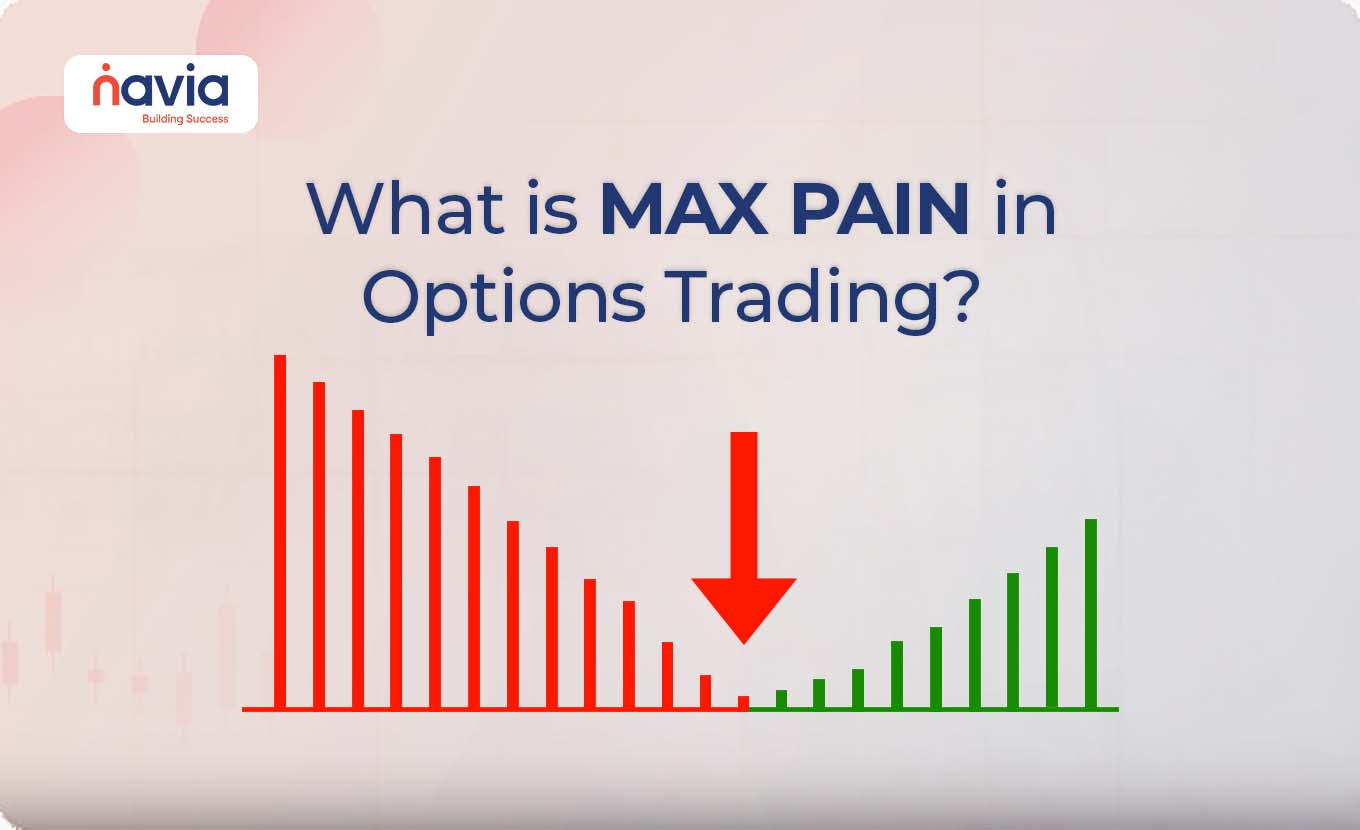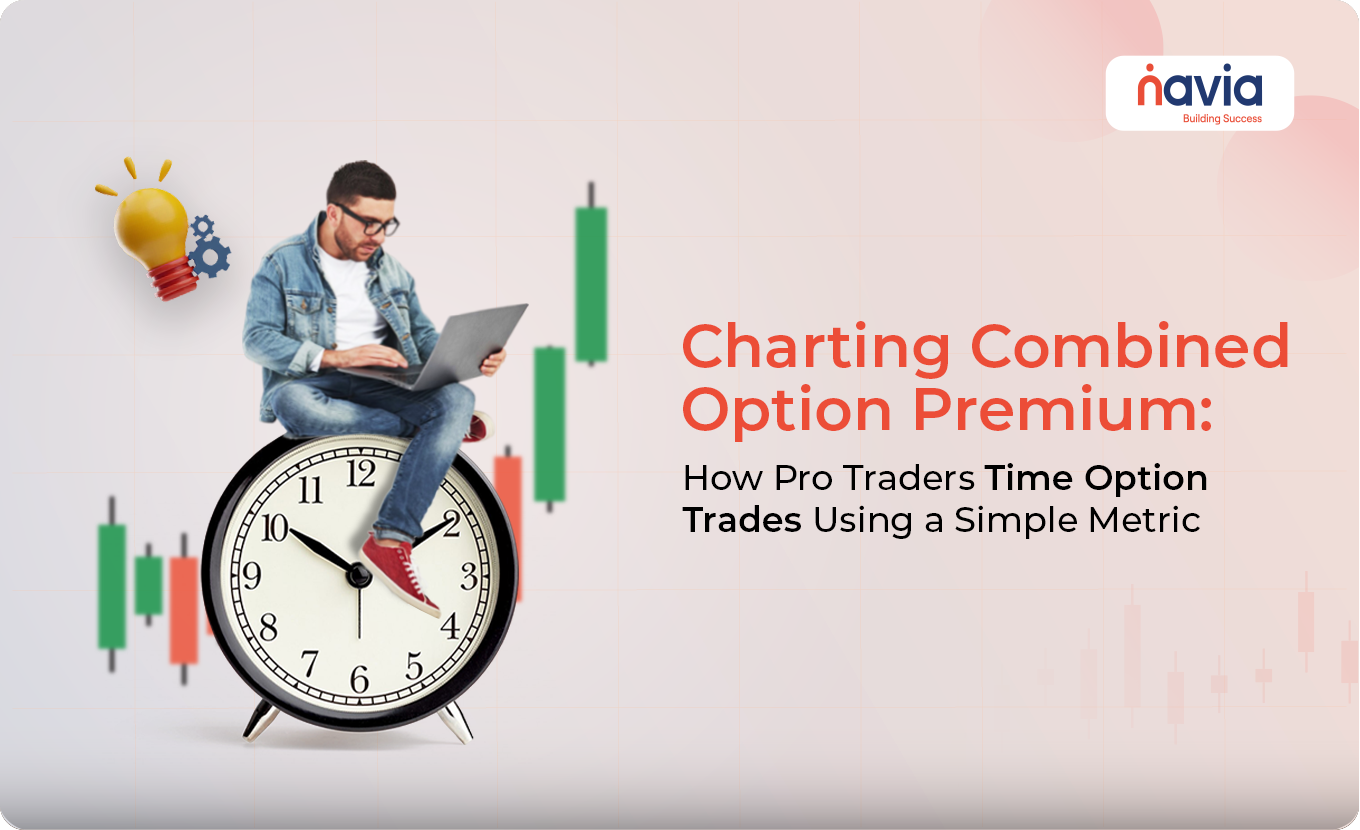Anatomy of a Protective Put: A Beginner’s Guide to Safeguarding Your Investments

Options trading offers a variety of strategies to manage risk and enhance returns, but one of the most effective and straightforward strategies for protecting your investments is the Protective Put. Often referred to as an “insurance policy” for your stock holdings, the protective put is a strategy every trader should understand and consider, especially during times of market uncertainty. In this blog, we’ll explore the anatomy of a protective put, how it works, when to use it, and provide easy-to-understand examples. We’ll also discuss how the Navia Mobile App can help you implement this strategy more effectively.
What is a Protective Put?
A protective put is an options strategy designed to protect an existing long position in an underlying asset (such as a stock) against potential downside risk. This strategy involves holding a long position in the asset and simultaneously buying a put option on that same asset. The put option gives you the right, but not the obligation, to sell the asset at a predetermined strike price before the option expires.
Why Use a Protective Put?
The primary reason for using a protective put is to limit potential losses in your stock position while still allowing for upside potential. This strategy is particularly useful in volatile markets or when you expect a temporary decline in the stock’s price but want to hold onto the stock for the long term.
How Does a Protective Put Work?
To better understand the protective put strategy, let’s break down its components and how they work together:
🔷 Long Stock Position: You hold a long position in the stock, meaning you own shares and are bullish on their long-term prospects.
🔷 Put Option: You purchase a put option, which gives you the right to sell your shares at a specified strike price before the expiration date. The cost of this option is called the premium.
If the stock price falls below the strike price of the put option, you can exercise the option to sell your shares at the strike price, thus limiting your losses. If the stock price rises or remains stable, the put option may expire worthlessly, but you still benefit from the appreciation in the stock’s value.
Example of a Protective Put
Let’s walk through a practical example to illustrate how a protective put works:
| Scenario | Stock Price | Put Option Strike Price | Premium Paid | Outcome |
| Initial Purchase | ₹1,000 | ₹950 | ₹20 | You buy 100 shares of a stock at ₹1,000 and purchase a put option with a strike price of ₹950 for ₹20 per share. |
| Stock Price Falls to ₹900 | ₹900 | ₹950 | ₹20 | You exercise the put option and sell the shares at ₹950, limiting your loss to ₹70 per share (₹50 loss + ₹20 premium). |
| Stock Price Rises to ₹1,100 | ₹1,100 | ₹950 | ₹20 | The put option expires worthless, but you gain ₹80 per share (₹100 gain – ₹20 premium). |
Benefits of a Protective Put
➝ Risk Management: The protective put limits your downside risk, providing a safety net in case the stock price falls significantly.
➝ Upside Potential: Unlike other hedging strategies that cap your upside, a protective put allows you to benefit from any potential price increases in the stock.
➝ Flexibility: This strategy can be tailored to your risk tolerance by choosing different strike prices and expiration dates for the put option.
Drawbacks of a Protective Put
➝ Cost of the Premium: The primary downside of a protective put is the cost of the premium paid for the put option. If the stock price doesn’t decline, the option may expire worthlessly, and you lose the premium paid.
➝ Limited Protection: The protective put only provides protection down to the strike price of the put option. If the stock price falls significantly below the strike price, you’re still exposed to some loss.
When to Use a Protective Put
A protective put is most useful in the following scenarios:
🔷 Market Volatility: When the market is volatile, and there’s a risk of significant price swings, a protective put can help protect your investment.
🔷 Uncertainty Before Earnings or News: If you own a stock and there’s upcoming news (like an earnings report) that could impact the stock’s price, a protective put can provide peace of mind.
🔷 Long-Term Investment: If you believe in the long-term potential of a stock but are concerned about short-term downside risk, a protective put allows you to hold the stock with reduced risk.
Comparative Example of a Protective Put
To further illustrate the protective put strategy, let’s compare two scenarios: one with a protective put and one without.
| Scenario | With Protective Put | Without Protective Put |
| Stock Purchase | Buy 100 shares at ₹1,000 | Buy 100 shares at ₹1,000 |
| Put Option Purchase | Buy put option with ₹950 strike price at ₹20 | No protective put |
| Stock Price Falls to ₹900 | Sell shares at ₹950 using put option, limiting loss to ₹70 per share (₹50 loss + ₹20 premium) | Suffer a loss of ₹100 per share |
| Stock Price Rises to ₹1,100 | Put option expires worthless, gain ₹80 per share (₹100 gain – ₹20 premium) | Gain ₹100 per share |
How to Use Navia Mobile App for Better Option Trading
The Navia Mobile App is a powerful tool that can help you implement the protective put strategy more effectively. Here’s how:
🔷 Real-Time Data: Use the Navia Mobile App to access real-time market data, including stock prices and option premiums. This helps you make timely decisions when setting up your protective put strategy.
🔷 Option Calculator: The app features an option calculator that allows you to input the relevant data (such as stock price, strike price, and premium) to determine the potential outcomes of your protective put strategy.
🔷 Strategy Builder: Navia’s built-in strategy builder allows you to create and customize your protective put strategy. You can experiment with different strike prices and expiration dates to find the optimal protection for your investment.
🔷 Portfolio Tracking: Track the performance of your protective put in real-time. The app allows you to monitor your stock position and the value of your put option, helping you make informed decisions about whether to hold, exercise, or let the option expire.
Summary Table: Protective Put Strategy Overview
| Component | Details |
| Stock Position | Long position in 100 shares of a stock |
| Put Option | Purchase put option with a strike price below the current stock price (e.g., ₹950 for a ₹1,000 stock) |
| Premium Paid | The cost of the put option (e.g., ₹20 per share) |
| Outcome if Stock Rises | Put option expires worthless, profit from stock appreciation minus the premium paid |
| Outcome if Stock Falls | Exercise the put option, limit loss to the difference between the stock price and strike price plus the premium paid |

Conclusion
The protective put is an essential strategy for any investor looking to protect their stock investments while maintaining the potential for upside gains. By understanding the anatomy of a protective put and when to use it, you can manage risk more effectively and invest with greater confidence.
The Navia Mobile App enhances your ability to implement the protective put strategy by providing real-time data, an option calculator, and a strategy builder. These tools help you make informed decisions, optimize your strategy, and track your investments seamlessly. Whether you’re a beginner or an experienced trader, leveraging the protective put strategy with the Navia Mobile App can help you safeguard your portfolio and achieve your financial goals. Happy trading!
DISCLAIMER: Investments in the securities market are subject to market risks, read all the related documents carefully before investing. The securities quoted are exemplary and are not recommendatory. Brokerage will not exceed the SEBI prescribed limit.
We’d Love to Hear from you-





